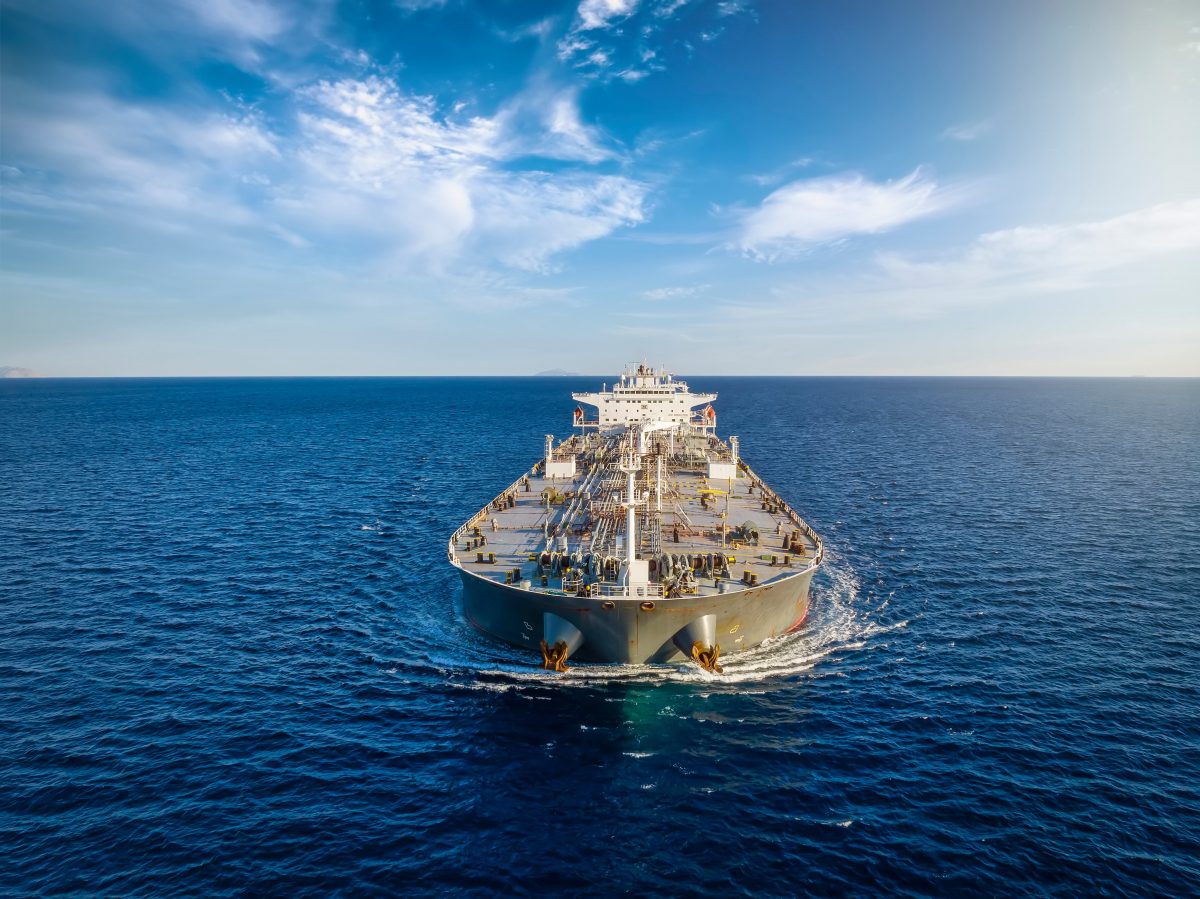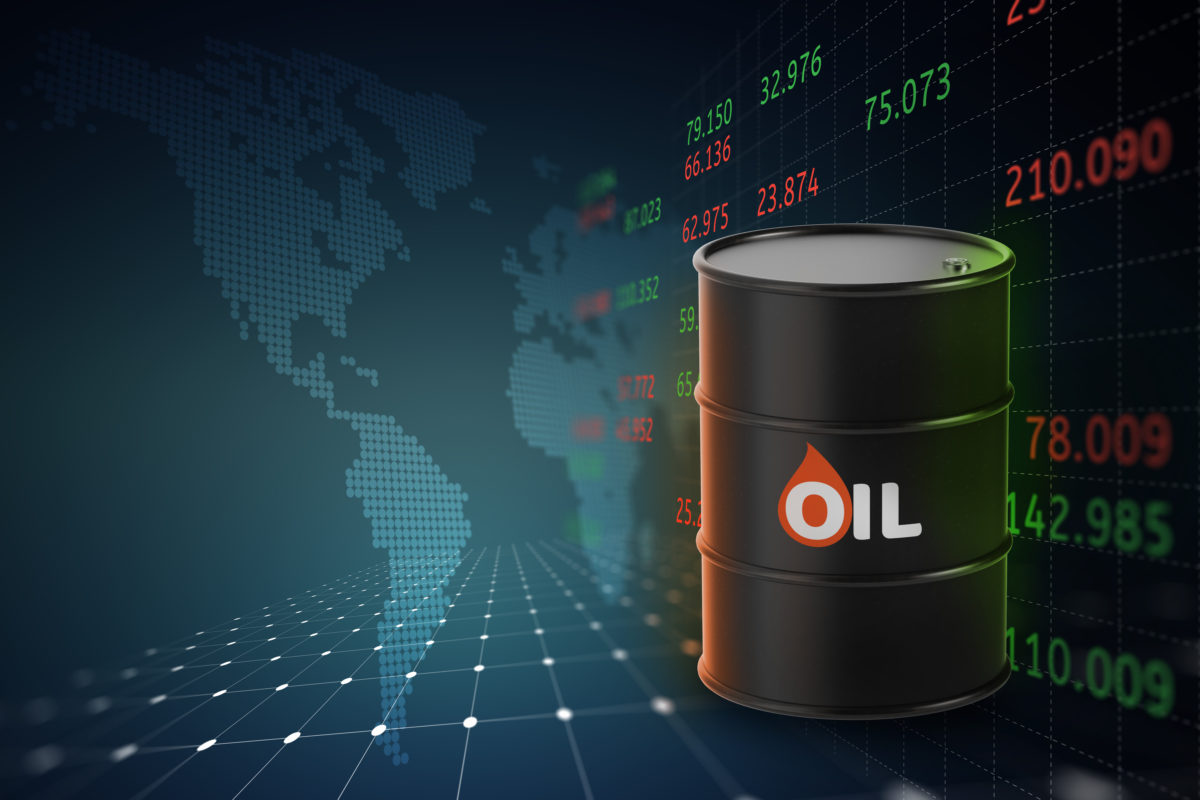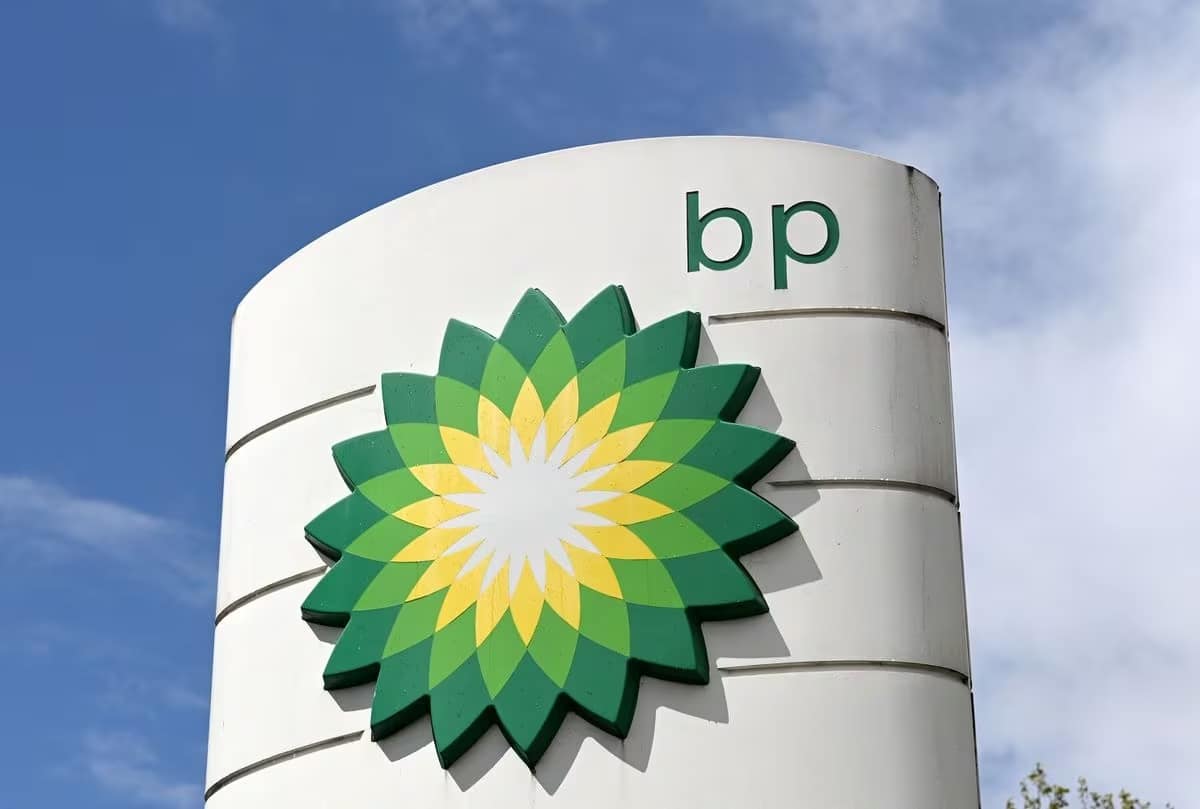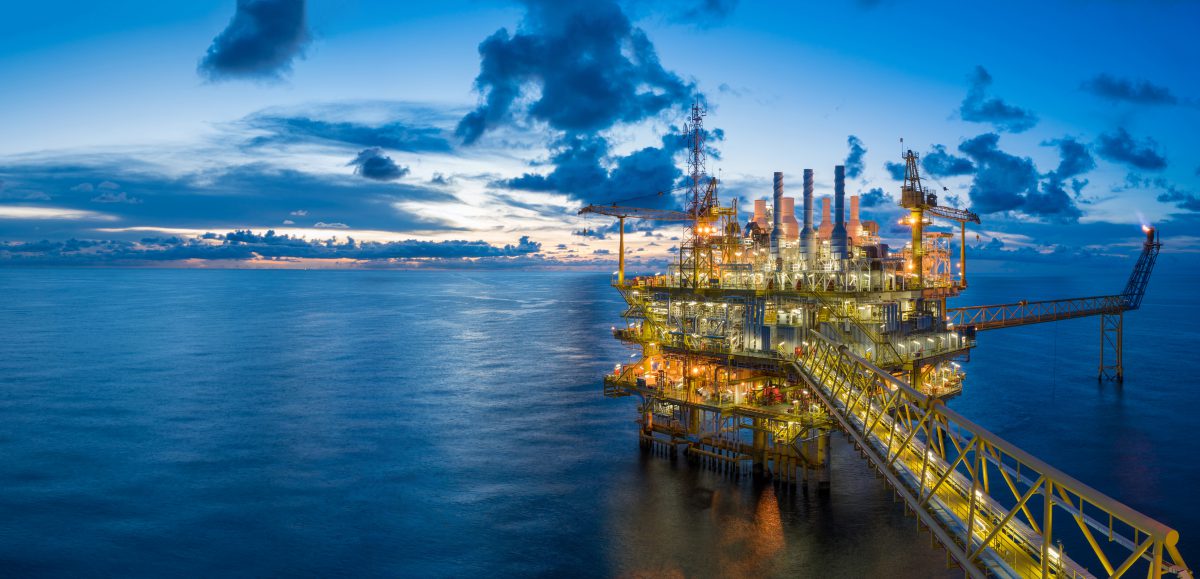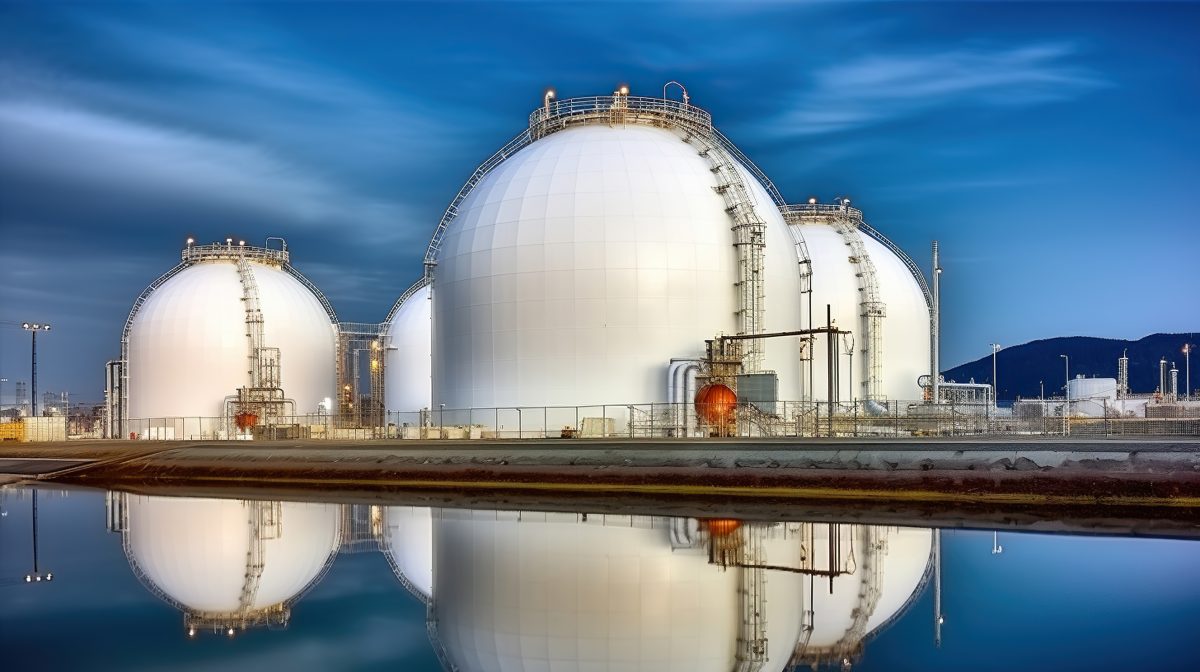Saudi Aramco’s decision to invest in crude-oil-to-chemicals (COTC) refineries could signal a readjustment in the global oil market as the demand for petroleum-based fuels gradually falls.
What happens to an industry that can see a major source of its revenue drying up in the coming years? This is the challenge currently facing the global oil industry, which must move to diversify its refinery capabilities or face a slow, but terminal, decline.
As electric vehicle (EV) use continues to gather pace in many industrialised nations, oil majors can no longer rely on demand from the transportation industry as both diesel and petrol is replaced with batteries, biofuels and hydrogen.
According to the International Energy Agency (IEA), global road fuel use is set to start declining from 2025. As demand falls, total oil consumption by advanced economies is already nearly 10% below 2007 levels and shows no sign of recovering.
At the same time, oil use in China is expected to plateau before 2030, despite the Asian giant being the long-time driver of global demand; its economic growth is slowing, EV usage is growing, and infrastructure and heavy industry are becoming less of a priority.
Shifting demand
The transport trend is a major factor behind the decline in oil demand. EVs and plug-in hybrids are now expected to cut gasoline and diesel consumption by the equivalent of 2.7 million barrels per day (mbbl/d) by 2050, or around 14% of US oil consumption, according to the Environmental Protection Agency.
China’s EV demand is also booming, with 37% of new cars sold in the country being electric last year, according to finance firm Raymond James.
So what are oil majors doing in response to this colossal structural shift? Well, many are looking to enhance their petrochemical production capabilities.
Petrochemicals have a wide range of applications in the production of clothing, tyres, detergents, fertilisers and countless other everyday products. According to Euro Petroleum Consultants, new petrochemical project announcements have increased 30–40% yearly over the past few years.
Daniel Raimi, fellow at Resources for the Future, an environment and energy research institute, told Inside Climate News: “I don’t think people understand quite how embedded petrochemicals are to every aspect of modern life, and that is not going to go away soon, even under the most ambitious climate scenarios.”
Oil companies can either tweak existing processes at refineries to produce more petrochemicals – as a by-product of ongoing gasoline, diesel fuel, fuel oils and heating oil production – or build completely new refineries designed for specific petrochemical production, known as COTC refineries.
Should companies opt for the former, fluid catalytic crackers (FCCs) can be used at existing plants to produce light olefins including propylene, a vitally important compound used in a huge array of films, fibres and packaging. However, yields are often low.
To produce a higher percentage of olefins, catalysts must be used. In 2019, S-Oil, South Korea’s Aramco subsidiary, became one of the first companies to commercialise this technology. Hydrocrackers can also be used at existing refineries to produce diesel, naptha and liquefied petroleum gas.
Examples of tweaks to refinery technology to produce more petrochemicals include Hengli Petrochemicals’ plant project in China, which can now generate 40% petrochemical feedstocks, as opposed to standard refineries that produce around 10%.
Other examples include Zheijang Petroleum and Chemical’s project in China, which recently achieved 45% petrochemical conversion per barrel of oil. The facility came online in 2021 and has the capacity to produce 1.4 million tonnes per annum (mtpa) of ethylene and 2mtpa of paraxylene.
China has been looking to bolster its petrochemical production capacity for two main reasons: as a response to changes in the transport sector, and a desire to reduce dependence on chemical imports for security of supply reasons.
Petrochemicals are also seen as a highly valuable industry by Beijing, and therefore beneficial to an economy that is currently facing structural and long-term concerns such as an ageing population, wage inflation, increasing levels of debt and a downturn in property prices.
The move to COTC refineries
While FCCs and adapting existing processes can lead to petrochemical feedstock eventually accounting for around 40% of a refinery’s output, oil giant Saudi Aramco is working on COTC technologies with the potential to convert up to 80% of feedstocks.
Working with Chevron Lummus Global, Aramco has developed Thermal Crude to Chemicals (TC2C) technology, which will be used at the Shaheen refining petrochemical project, expected to come onstream in South Korea in the first half of 2026.
The Shaheen project will have the capacity to produce a 1.8mtpa mixed feed cracker, a 880,000 tonnes per annum (tpa) linear low-density polyethylene unit and a 440,000tpa high-density polyethylene plant.
In a technical paper, CLG said: “The TC2C™ process deploys deep process intensification to manufacture high-value chemicals with reduced greenhouse gas emissions and optimized energy efficiency and scale.”
Advantages of the TC2C technology over the FCC method – a cyclic process involving intense heat – include the ability to use low-value refinery fuels such as slurry oil and light cycle oil as cracker feedstocks.
It also produces ultra-low sulphur diesel that complies with International Marine Organisation 2020 regulations that stipulate the chemical element’s content in marine fuels. This means TC2C could significantly contribute to the ongoing transition in marine transportation, while ensuring a strong source of demand for oil companies.
Aramco looks to China
Over the past few years, Aramco has also been steadily investing in China’s COTC sector, seemingly attracted to the potential of a growing industry in such a huge market. In October last year, it signed a memorandum of understanding with Shandong Yulong Petrochemical to facilitate discussions about the potential acquisition of a 10% stake in the Chinese petrochemical company.
A month before that, it signed a similar agreement with Jiangsu Eastern Shenghong to invest in its petrochemical subsidiary, Jiangsu Shenghong Petrochemical industry group.
Raj Skekhar, oil analyst at GlobalData, Offshore Technology’s parent company, says that China was one of the leading countries in terms of petrochemical production capacity. While petrochemicals demand growth is only expected to be around 1–3% per year, demand volumes are set to be higher in China following 30 years of booming economic growth, creating a much bigger base of demand.
Beijing’s determination to ensure that this demand is facilitated by domestic production makes Aramco’s decision to invest in the Asian nation seem particularly shrewd.
However, even though investments are being made, refineries are being tweaked or built from scratch and wheels are in motion, when will it become economically worth it for most refineries to switch to petrochemicals?
Shekhar states that this tipping point is still hard to identify, being dependent on the local market dynamics of transport fuels as opposed to petrochemicals.
In a recent report, global consultancy McKinsey noted that although crude oil is predominantly used in the production of transportation fuels, the portion of a barrel of oil that will eventually become naphtha is often used in the production of petrochemicals.
Naphtha pricing is therefore affected by both transportation fuel markets and demand for petrochemicals. Such price dynamics can make it more difficult to predict when the full-scale shift to petrochemicals will occur.
Gradually declining demand for petrol and diesel in the coming years is likely, and oil companies need to decide how they are going to invest to expand petrochemical production.
Moreover, the economics of building fresh COTC refineries are not yet clear, and oil majors may stick to working with existing refineries for the next few years as a way to hedge their bets.
By: Alfie Shaw , October 8, 2024


